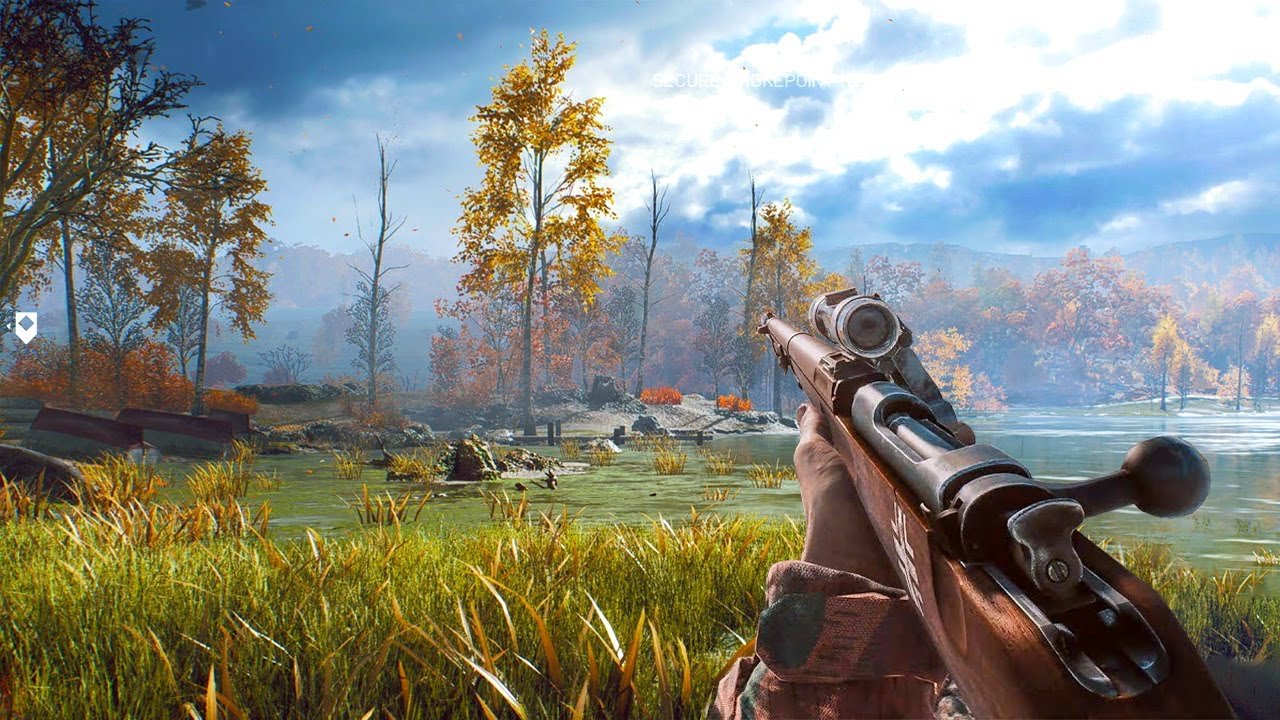Introduction
Limits of Graphics and Gameplay. Shooter games have continually advanced, pushing the boundaries of both graphics and gameplay. As technology evolves, developers innovate to create more immersive and visually stunning experiences. This drive for excellence has transformed shooter games into some of the most dynamic and visually impressive titles in the gaming industry.

Limits of Graphics and Gameplay
Cutting-Edge Graphics Technology
Modern shooter games utilize cutting-edge graphics technology to achieve unprecedented levels of realism and visual fidelity. Real-time ray tracing, for example, enhances lighting and shadows, providing more accurate reflections and dynamic lighting effects. This technology, seen in games like Cyberpunk 2077, creates visually stunning environments that react realistically to light sources and player interactions.
High-resolution textures and detailed models further enhance the visual experience. Games such as Call of Duty: Modern Warfare employ 4K resolution textures to deliver incredibly detailed and lifelike environments. The use of high-fidelity assets ensures that every surface, from weaponry to environments, appears crisp and realistic.
The evolution of shooter games is truly staggering, as detailed in the post “How Shooter Games Are Pushing the Limits of Graphics and Gameplay” on Underash.net. Developers are leveraging cutting-edge technology to create hyper-realistic environments and fluid, strategic combat.
This relentless innovation mirrors the competitive analysis seen in other digital arenas, where identifying the top platforms is key. For instance, enthusiasts seeking the best sports betting sites apply similar scrutiny to find reputable and feature-rich experiences. Both fields demand a sharp eye for quality and performance.
Advanced Physics Engines
Physics engines play a crucial role in creating believable and interactive environments. These engines simulate real-world physics, including gravity, collision, and material properties. For instance, Battlefield V uses the Frostbite engine to create destructible environments, where buildings and terrain can be altered in real-time during gameplay. This adds a layer of strategic depth and realism, as players can modify the battlefield dynamically.
The integration of advanced physics also enhances character movements and interactions. Games like Titanfall 2 use sophisticated physics systems to create smooth and fluid character animations, contributing to a more immersive gameplay experience.
Enhanced AI and NPC Behavior
Artificial intelligence (AI) advancements have significantly improved NPC behavior and tactics in shooter games. Modern AI systems enable NPCs to react more realistically to player actions and adapt their strategies in real-time. For example, in Halo Infinite, enemy AI displays complex behaviors, such as flanking and coordinating attacks, making encounters more challenging and unpredictable.
AI-driven enemy tactics and squad behaviors contribute to more engaging and dynamic gameplay. Players face smarter opponents that require strategic planning and quick reflexes to overcome, enhancing the overall gaming experience.
Innovative Gameplay Mechanics
Shooter games are continually introducing innovative gameplay mechanics to keep the experience fresh and exciting. Features such as advanced weapon customization, dynamic weather systems, and interactive environments add layers of complexity to gameplay. For instance, Rainbow Six Siege allows players to modify weapons and gadgets, creating a personalized combat experience tailored to individual playstyles.
Dynamic weather and environmental effects, seen in games like Far Cry 6, influence gameplay by affecting visibility, movement, and combat tactics. These mechanics provide players with new challenges and opportunities, enhancing the depth and replayability of the game.
Virtual Reality (VR) and Immersion
Virtual reality (VR) has taken immersion in shooter games to new heights. VR headsets and controllers enable players to physically move and interact within the game world. Titles like Half-Life: Alyx offer a fully immersive experience, where players can physically engage with the environment and enemies. VR enhances the sense of presence and realism, making shooter games more engaging and impactful.
The use of VR also allows for more intuitive controls and interactions. Players can use natural movements to aim, reload, and maneuver, creating a more immersive and physically engaging gameplay experience.
High-Fidelity Audio Design
Audio design plays a crucial role in enhancing the realism and immersion of shooter games. High-fidelity audio systems provide detailed soundscapes, from realistic gunfire and explosions to ambient environmental sounds. Games like Call of Duty: Warzone use advanced audio techniques, including 3D spatial sound, to create a more immersive auditory experience. Accurate sound cues help players locate enemies and react to in-game events, adding an extra layer of depth to gameplay.
Conclusion
Shooter games are at the forefront of pushing the limits of graphics and gameplay. From cutting-edge graphics technology and advanced physics engines to innovative gameplay mechanics and immersive VR experiences, these games continue to evolve and captivate players. As technology advances, shooter games will likely continue to set new standards, offering even more stunning visuals and dynamic gameplay experiences.

